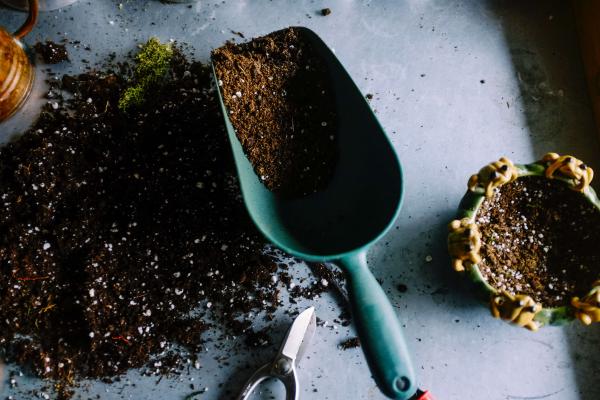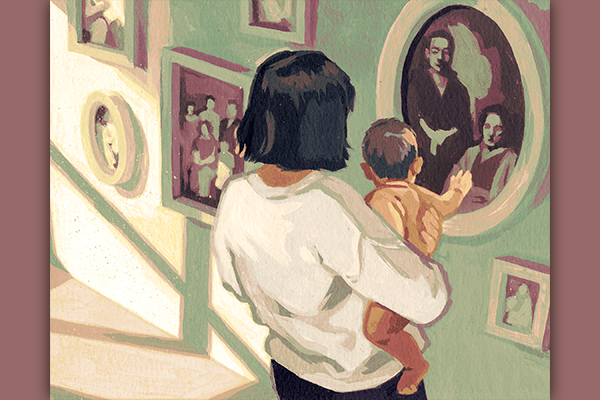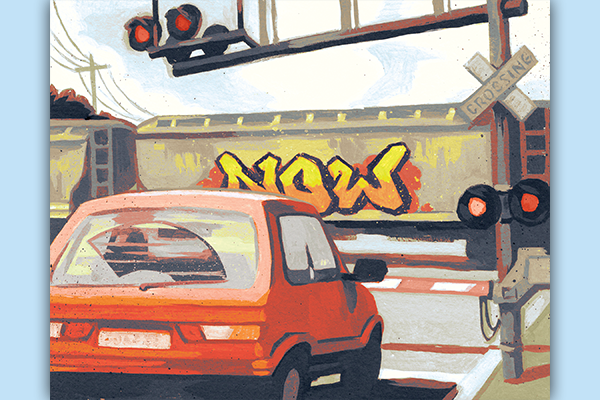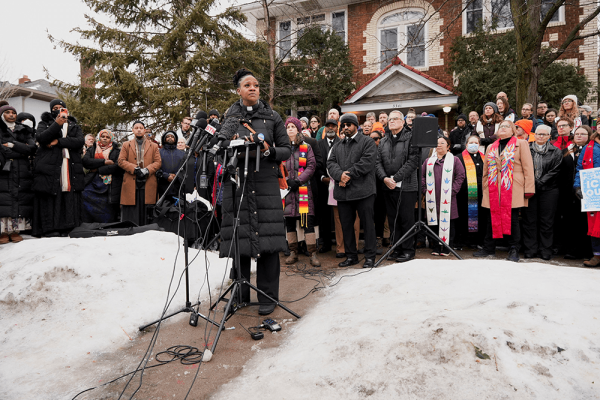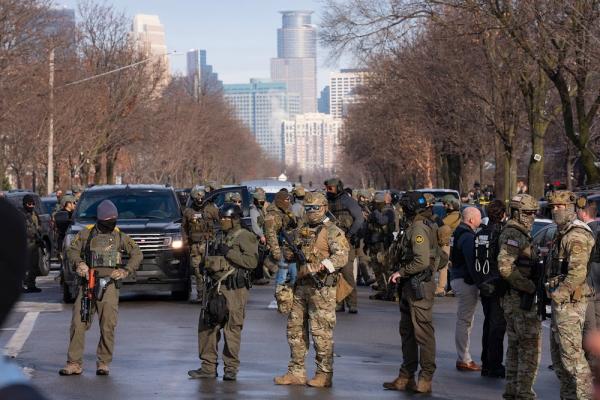The voice of God speaks to me through dirt. The sweet, musky petrichor that fills my lungs after a summer thunderstorm is a testament to the stunningly complex communities of bacteria, plants, and mycorrhizal fungi in the soil.
I feel as small as a soil bacterium standing in the red silt dunes at the feet of Arches National Park in Southern Utah. The windswept bluffs and sandstone columns that tower above me tell an incomplete history of a world before our kind arrived. The very rocks emit a cosmic hum, too low in frequency for human ears to hear. Each handful of sand contains galaxies — traces of landscapes and lifeforms transformed over millennia.
Dirt knocks me out of my human arrogance to remind me of all that has come before me, and all that will outlive me.
Of course, dirt also tells stories of human triumph and transgression. With one scan from an X-ray fluorescence gun, you can tell whether a soil sample came from Cambridge or Dorchester, based on the amount of lead particulates present. A Ziploc bag full of dirt is also a history of redlining, white flight, and devastating arson, committed by property owners for whom the cost of maintaining the land surpassed the worth of those who called it home. Dirt is an archive of human attitudes toward the nonhuman world — our hubris in thinking ourselves separate from it, though we arose from it, and will inevitably return to it.
But how can the church embody reverence for the land when its very presence on this land is an outward sign of the inward sin of white supremacy?
As Kelly Brown Douglas argues in her book Stand Your Ground: Black Bodies and the Justice of God, Christianity was the very engine of Manifest Destiny, and its attendant colonial violence:
“If people believe themselves to be chosen by God because they and their way of life are superior to others, then the idea of acting as ‘their brothers’ keeper’ is inevitable,” she writes. “What must not be lost ... is that this narrative is about land.”
Though the architects of Manifest Destiny believed they were chosen by God, their path was saturated with sin.
We cannot separate the sin of environmental exploitation from the sin of structural racism, and we cannot ignore that the foundation for both has been rationalized by our holy texts.
When the founding fathers came together to design a seal for the nascent United States, Thomas Jefferson proposed the image of the Israelites being led through the wilderness . Early settlers found themselves in Exodus and Genesis. As they fled the tyranny of Britain’s rule, they encroached on Native land they believed was theirs to “rule and subdue.” 19th-century slaveholders conveniently left the Old Testament’s stories of liberation out of the heavily abridged “Slave Bibles” distributed to enslaved peoples, even as they quoted Paul’s Epistle to the Ephesians to justify the institution. These abuses are not the exception to the rule; rather they are the very earth American Christianity stands on.
Fortunately, though, our relationship with dirt is a sacramental one. Good soil transforms dead matter into new life, almost invisibly. A single layer of compost spread on top of lead-contaminated soil can reduce the amount of lead dispersed into the air or onto gardeners’ hands. Soil microbes have been shown to have a similar effect on our brains as anti-depressants.
The way from sin into justice, death into life is not clear. It may never be. But we who live on this land as settlers are called to be honest about who we are and how we got here. We who are people of faith are called to listen for God’s voice in the land. Whatever stories we tell, or don’t, the dirt beneath our feet will speak.
Got something to say about what you're reading? We value your feedback!
